Discover India’s royal residences’ timeless elegance, history, and cultural richness.

As I wandered through the bustling streets of Jaipur, the Pink City, I felt as if I had stepped back in time. The City Palace was in front of me, bathed with golden colors, an architectural marvel; the sun was dipping. My guide, Rajesh, began to tell stories from generations ago through his family, who served the royals generation after generation. His voice, ripe with emotion, colored vivid pictures of grand ceremonies and royal gatherings. It was he who spoke of Maharaja Sawai Jai Singh II, founder of the city, whose great vision and passion for architecture gave Jaipur that special magic. its salmon-pink façade glowing in the warm afternoon sun. It was here, at the threshold of this architectural marvel, that my journey into India’s royal legacy truly began.
The instant one passes through those ornate palace gates, one knows that one is surrounded by grandeur. Intricate floral patterns adorned the walls; every petal and leaf was so finely carved there hundreds of years ago by skilled artisans. In front of me, courtyards opened up with fountains providing gentle relief from the city’s noise. Further into the vast palace complex, I came to what is described as the Diwan-i-Khas or Hall of Private Audience. Here, surrounded by brilliant silver urns and sparkling crystal chandeliers, I could almost see the Maharaja of Jaipur holding court, making decisions that would change the fate of his kingdom.
The Allure of Rajasthan’s Royal Residences

The City Palace of Udaipur stands as a jewel in India’s crown of architectural marvels. Built-in the 16th century by Maharana Udai Singh II, this palace complex on Lake Pichola’s eastern shore offers a captivating glimpse into Rajasthan’s royal past. As you enter, you’re immediately struck by the palace’s grandeur. Its facade blends Rajasthani and Mughal styles, creating a unique visual spectacle. Inside, intricate miniature paintings adorn the walls, telling stories of Hindu epics and local legends. The famous Mor Chowk, or Peacock Courtyard, dazzles visitors with its vibrant glass mosaics.
Not just beautiful, but this palace is a living museum. Within it are various sections that house exhibitions of royal artifacts, photographs, and personal items of the Mewar dynasty. Of course, views of Udaipur from the top can be breathtaking—you get a fantastic view from the highest point, the Amar Vilas. Part of the palace still serves today as a residence of the royal family, so it is one of the largest private residences in the world. This mix of past and present creates a very different element of the visit. The City Palace also has a plethora of very important functions in preserving traditional crafts. Great numbers of ancient techniques—applied in the construction and decoration of this fascinating building—are still used today by local artisans, hence ensuring that these skills are passed on to future generations.
The Mughal Splendor of Lucknow

In Lucknow, the Bara Imambara is a magnificent example of the architectural creativity of eighteenth-century India. Under the patronage of Nawab Asaf-ud-Daula, this enormous architecture was built between 1784 and 1791 and is a wonder of construction and design in addition to being an iconic religious monument. The central hall of the Bara Imambara is its most remarkable feature. Its length is a stunning 50 meters, and its height is 15 meters. This hall is extremely remarkable because it is supported by no pillars or beams at all. This architectural achievement showcases the sophisticated building methods of the era. It was achieved through the creative use of interlocking bricks and a distinctive system of arches.
The structure showcases a blend of Mughal and Rajput architectural styles, evident in its arched gateways, intricate carvings, and the use of traditional Islamic motifs. The main entrance, known as the Rumi Darwaza, is particularly noteworthy for its ornate design and towering presence. Today, the Bara Imambara is still an important religious center for Shia Muslims, particularly during their Muharram observations. It is also one of the sought-after tourist spots that people from all parts of the world visit and are impressed with the architectural niceties and intricate paths of the monument.
The Dravidian Majesty of Mysore
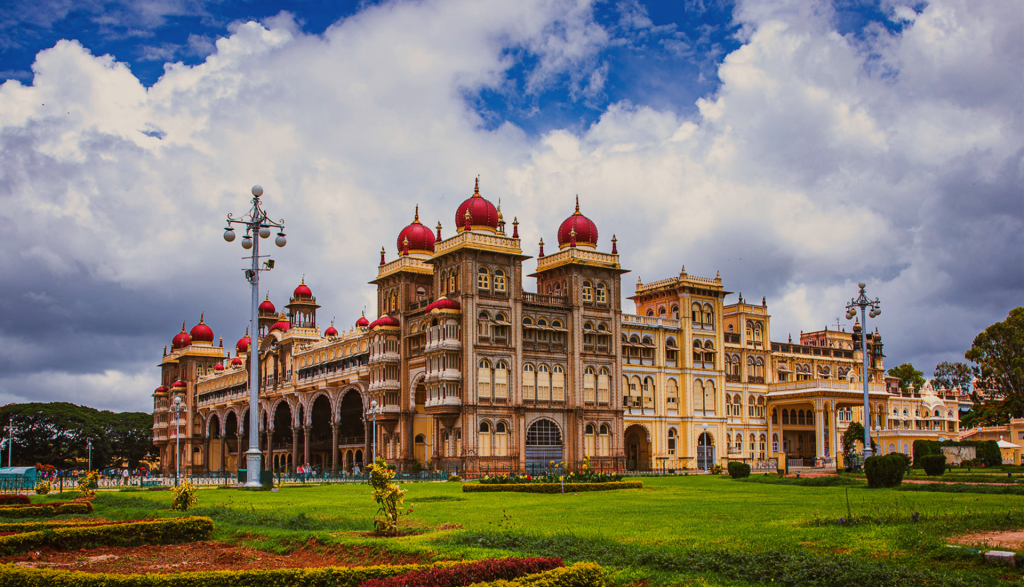
The Mysore Palace, officially known as Amba Vilas Palace, stands as a magnificent symbol of Karnataka’s rich cultural heritage and the legacy of the Wodeyar dynasty. Located in the heart of Mysore city, this architectural masterpiece is a stunning example of Indo-Saracenic style, blending Hindu, Muslim, Rajput, and Gothic elements. The present palace came up at the site of the older wooden palace that was gutted by fire in 1897 and was completed between 1897 and 1912. The then Maharaja called for a new replacement to be designed by the noted English architect, Henry Irwin, who was to retain in this new building the glory of the Wodeyars and the genus of the country’s culture.
The exterior is magnificent, with domed towers, arches, and intricate carvings that go on to create a mesmerizing façade. The three-story stone structure is built on a raised rectangular platform surrounded by well-manicured gardens, hence touting more majesty. The palace continues to play a significant role in Mysore’s cultural life, especially during the annual Dasara festival. During this ten-day celebration, the palace becomes the center of elaborate rituals and processions, maintaining centuries-old traditions. The Mysore Palace is a living example of Karnataka’s artistic and cultural heritage in addition to being a popular tourist destination. Its unmatched beauty and historical significance continue to stun visitors from all over the world, serving as a reminder of the region’s royal past.
From Royal Abodes to Heritage Hotels
How these palaces have traveled from being exclusive royal residences to much-feted tourist destinations has been an example of India’s resilience in adopting and preserving their rich heritage. The royal titles and the privy purses were abolished in the 1970s, and to many royal families, a host of challenges mounted: how to maintain these massive structures, several centuries old, with certainly less than the resources they once commanded. It is at this juncture that a new chapter in the story of India’s palaces opened out. Know more – https://theaspectratio.in/top-5-historic-sites-in-india-you-cant-miss/
Take, for instance, the Umaid Bhawan Palace in Jodhpur. This Art Deco masterpiece, one of the world’s largest private residences, now offers guests a chance to live like maharajas. As you walk through its halls, you might find yourself sharing space with members of the royal family who still reside in a private wing of the palace. It’s this unique blend of past and present, of royal legacy and modern luxury, that makes India’s palace hotels truly one-of-a-kind.
The Future of Royal Heritage
In the future, therefore, the conservation of these royal palaces matters. They are not merely relics of the past but constitute an integral part of our cultural identity. With heritage tourism on the rise, these palaces turn into a sustainable model for conservation, as it will guarantee them economic returns and enlighten tourists about India’s regal history. Events such as heritage walks and interactive exhibitions could heighten this experience and ensure that the spirit of Indian royalty was able to continue enriching and enlightening generations to come.
List of Royal Palaces: https://www.newdelhiairport.in/blog/majestic-royal-palaces-in-india-11-regal-gems-to-explore-during-your-next-trip
In times of diachronic transformations, these palaces remain forever symbols of the rich and diverse Indian heritage. In conserving and celebrating them, we pay homage to the men and women who have preceded us in time and make sure that their stories continue to be etched in our collective memory, tales of grandeur, resilience, and artistic genius. It is in these fabulous palaces that the legacy of the Indian royals impresses and enlightens future generations and builds a bridge between a bygone era and the challenges of a new millennium.

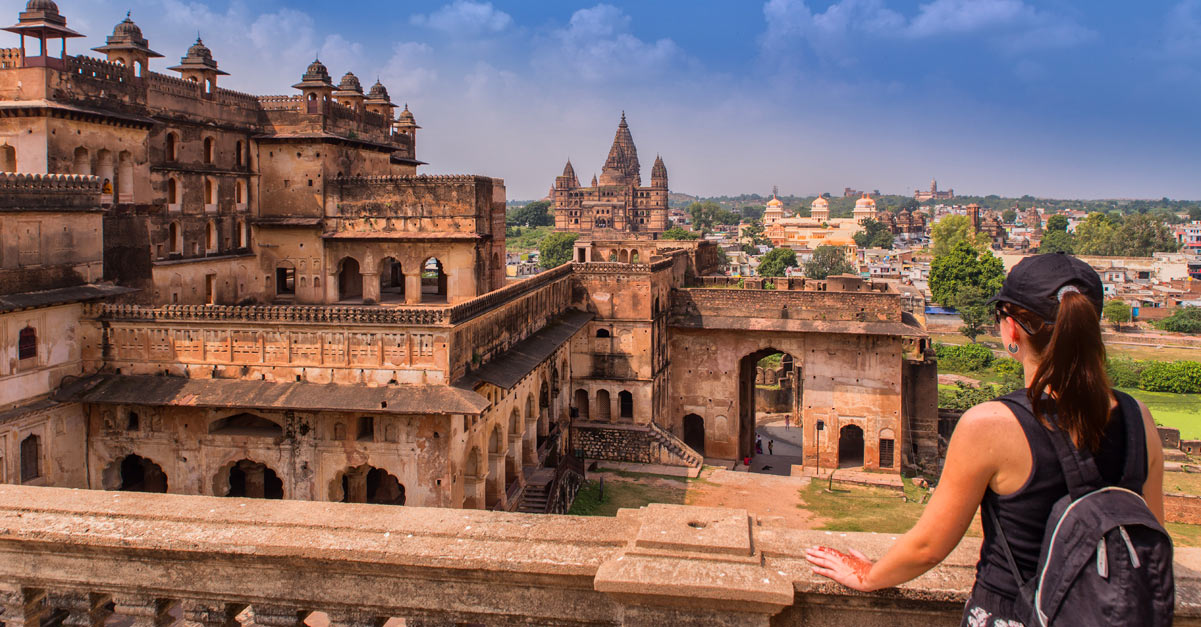
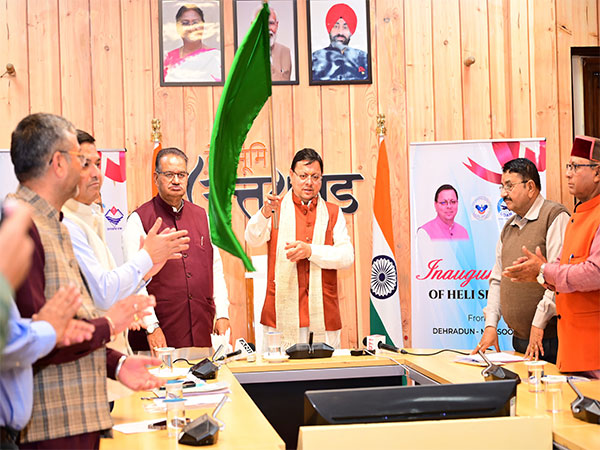
 By
By
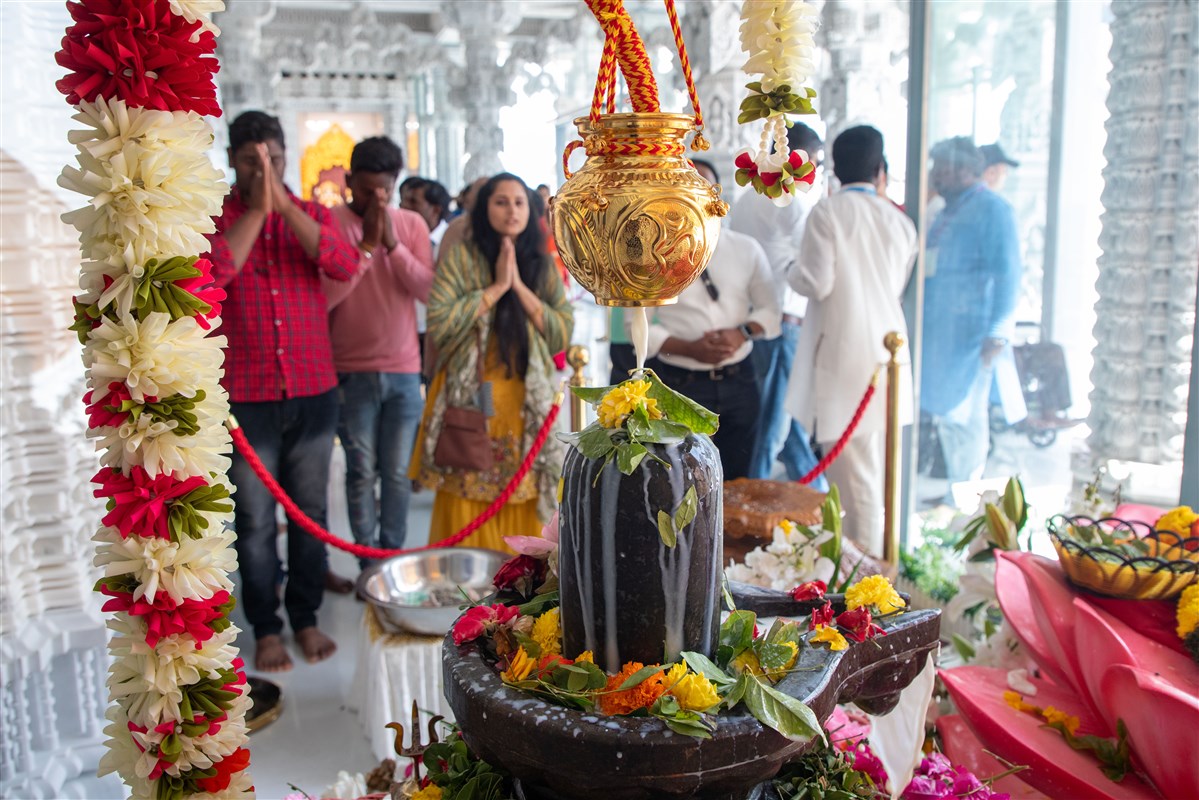
 By
By






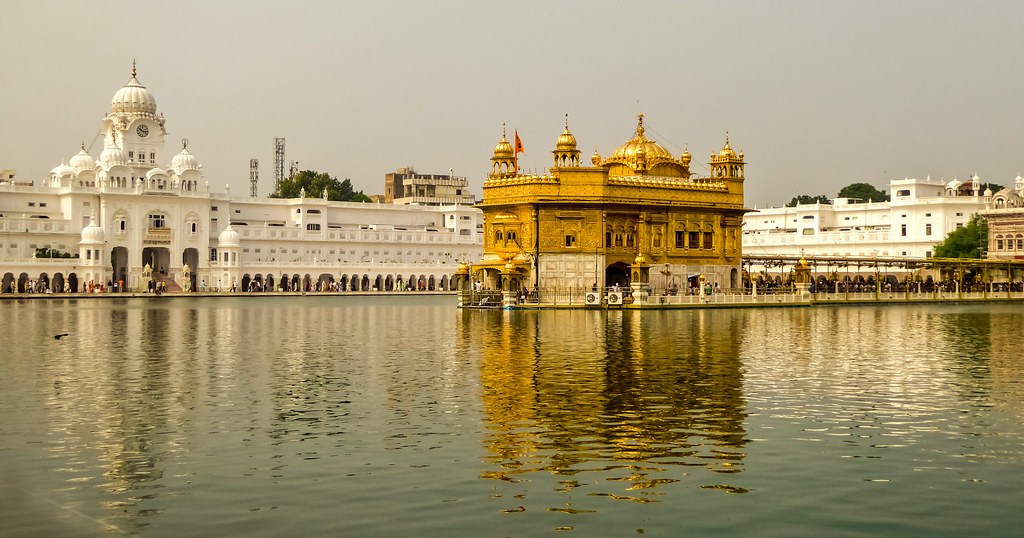
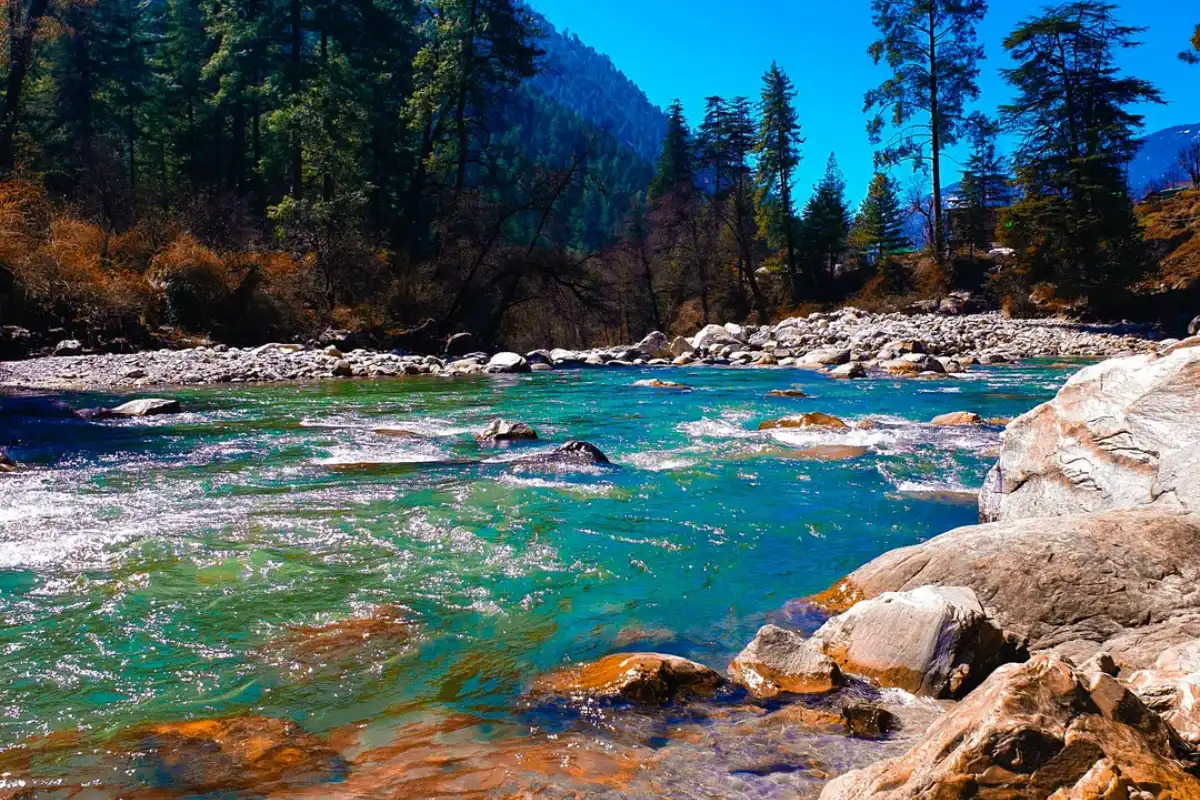
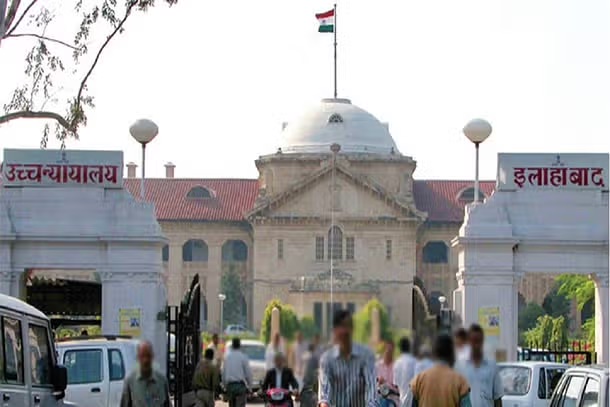

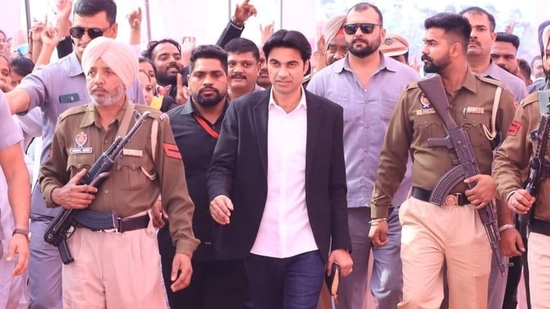


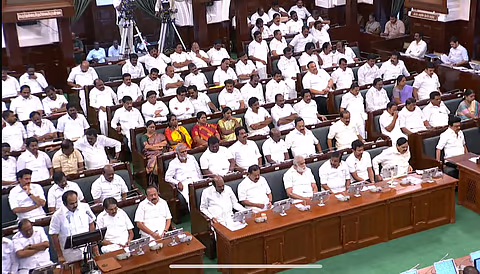
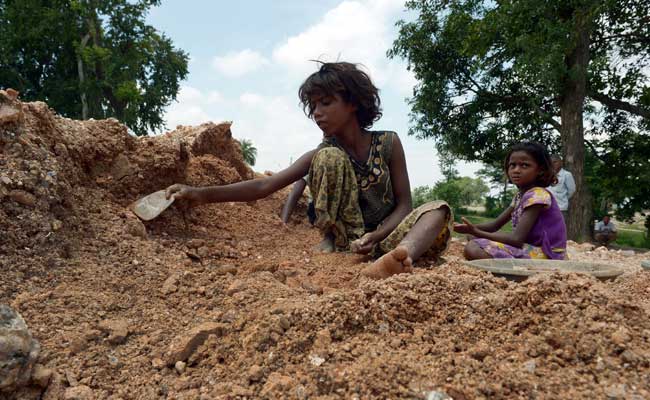


After reading all these articles I wanna explore our India 🇮🇳 🫡😭